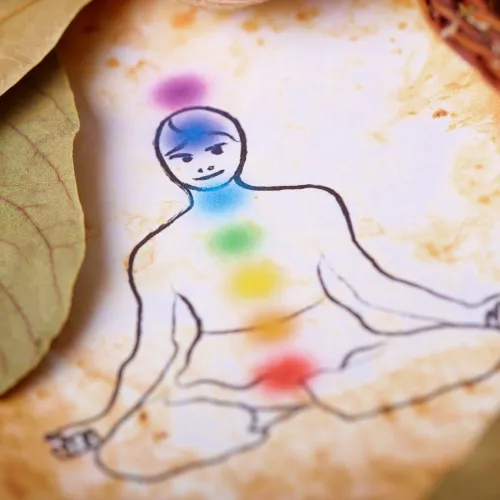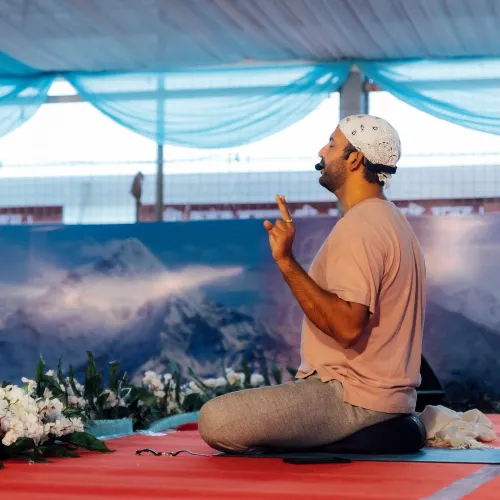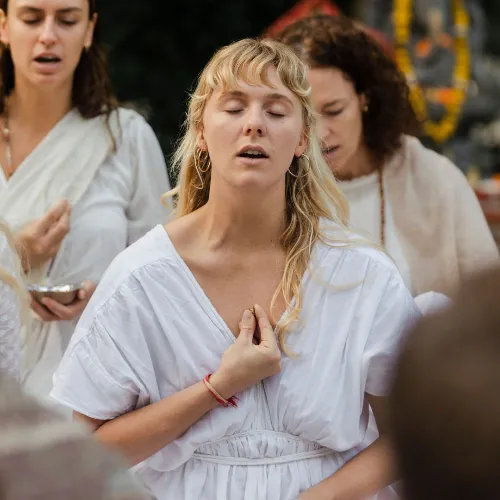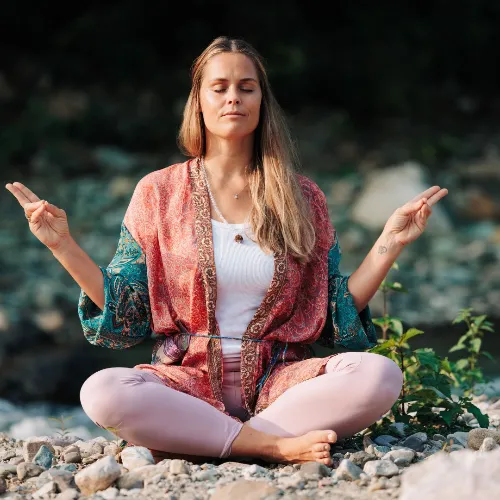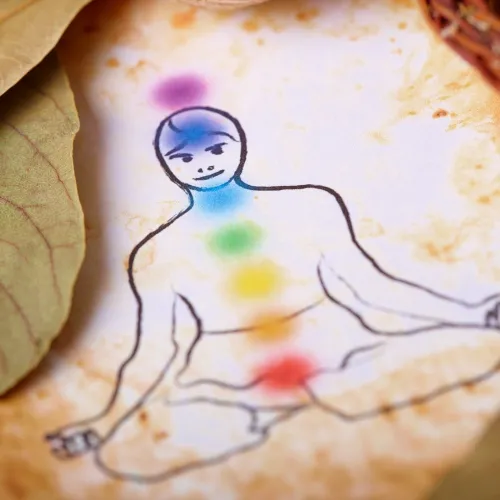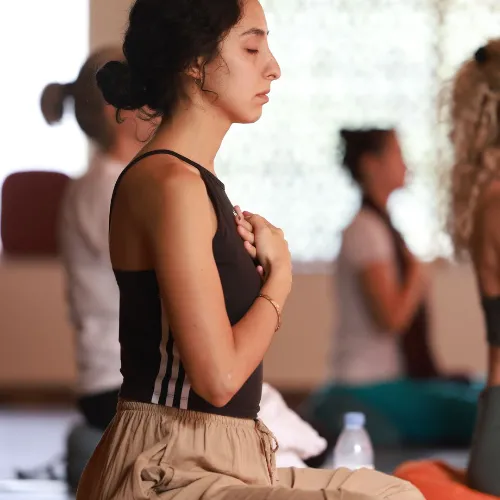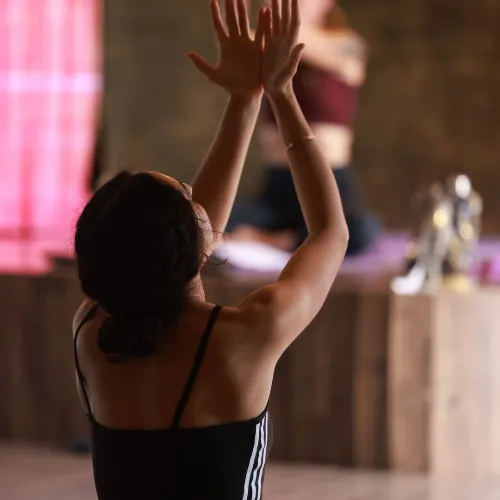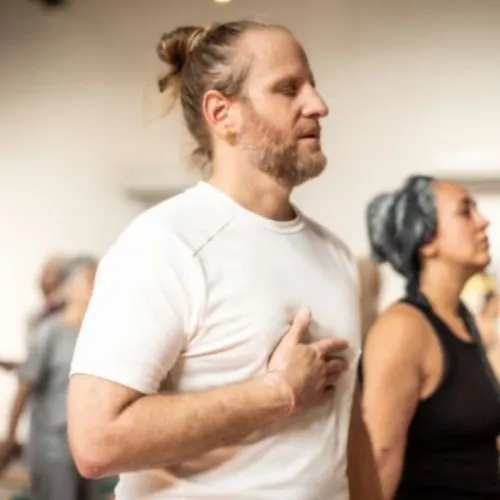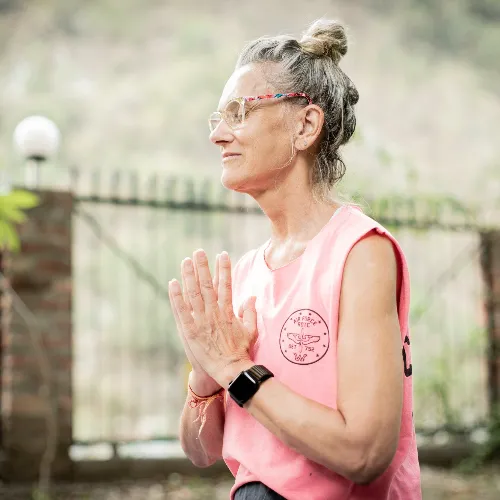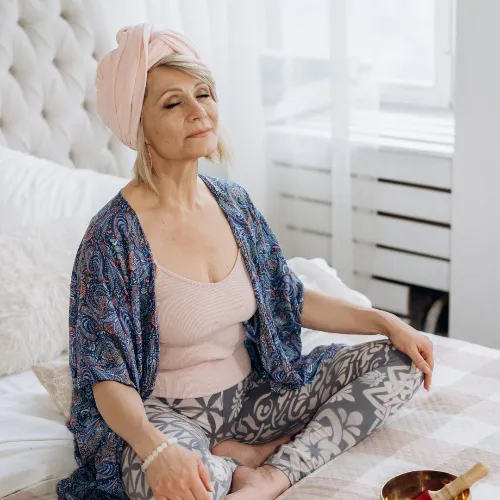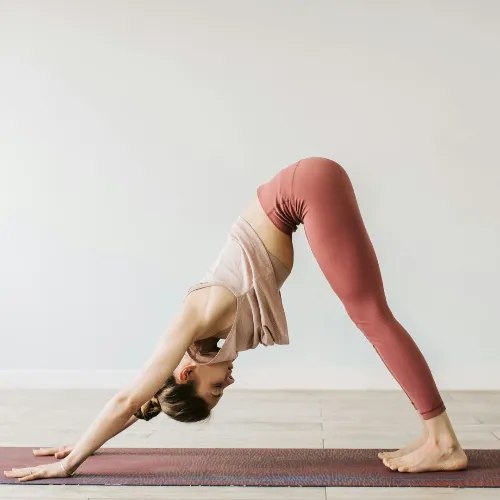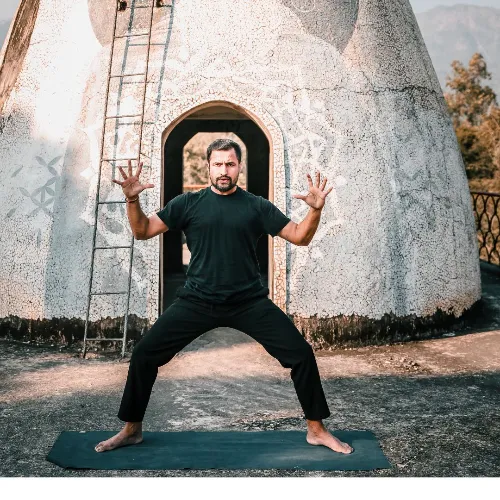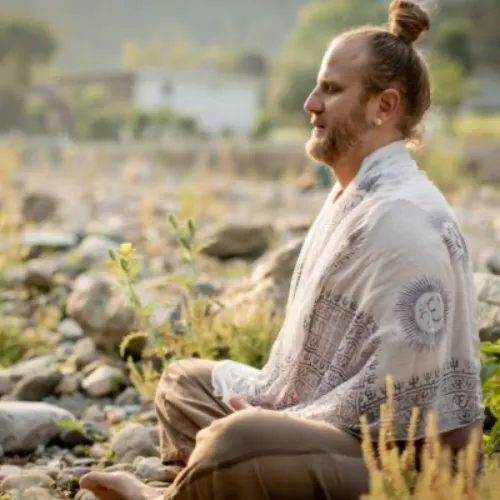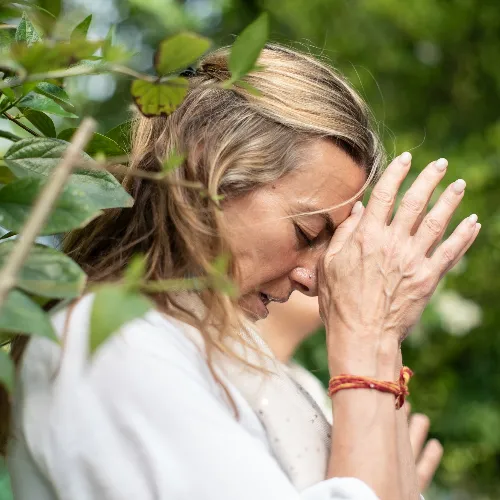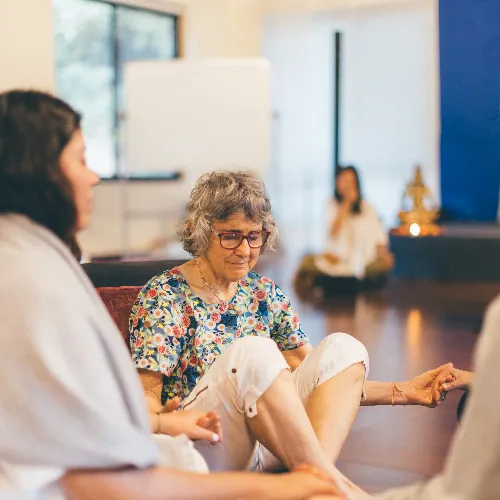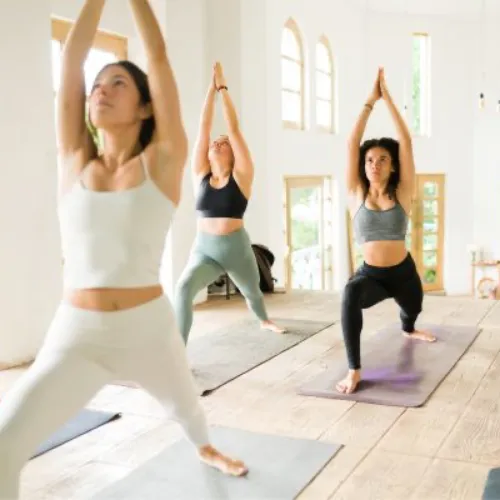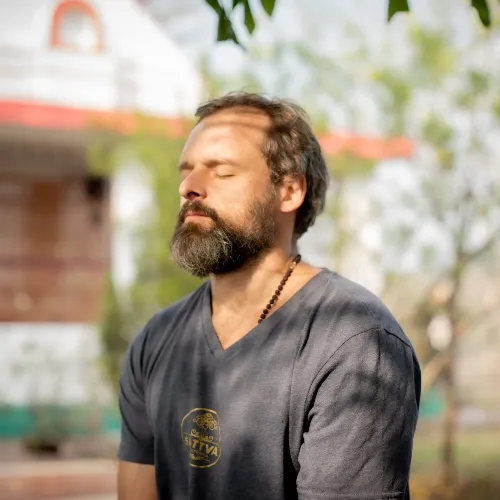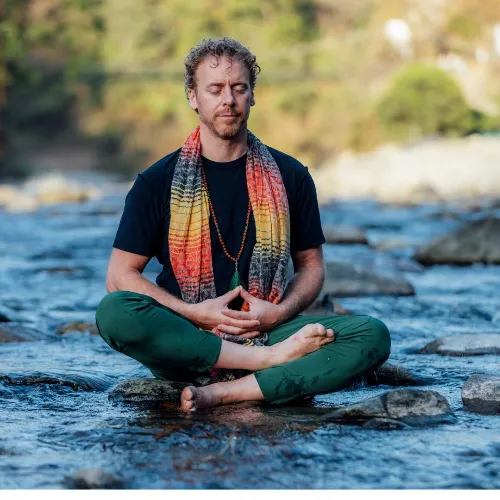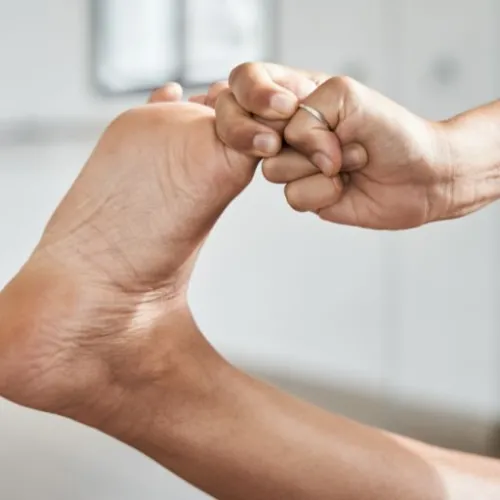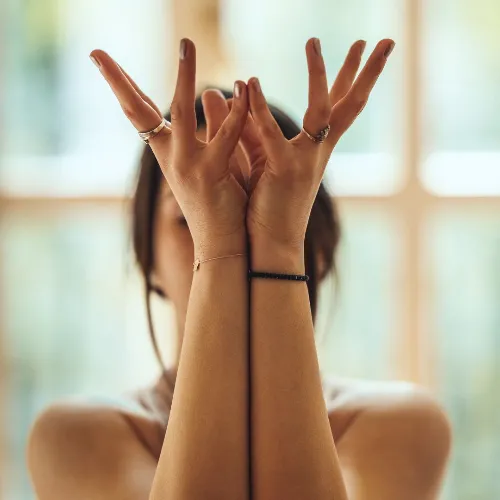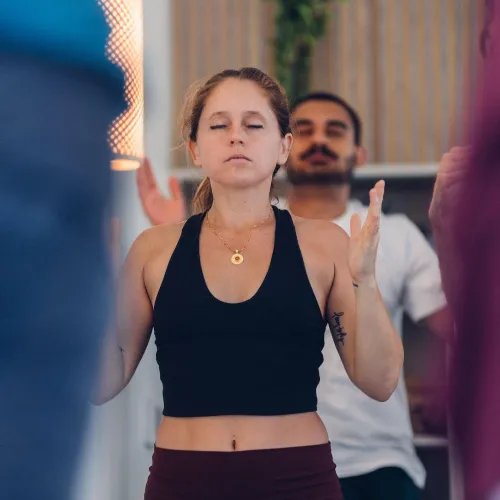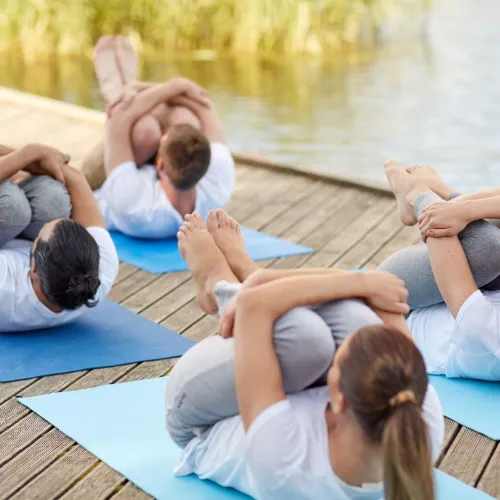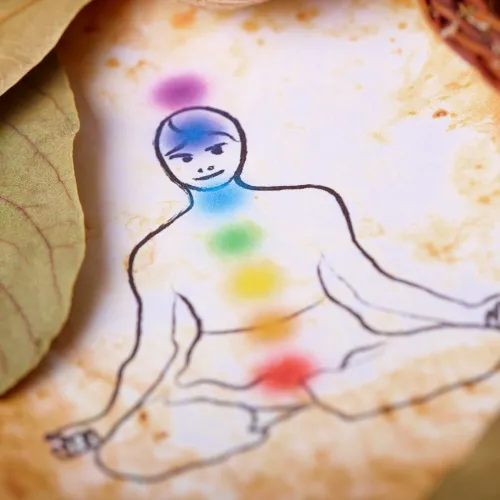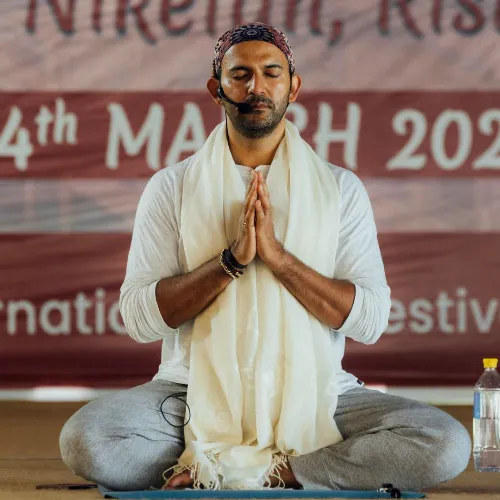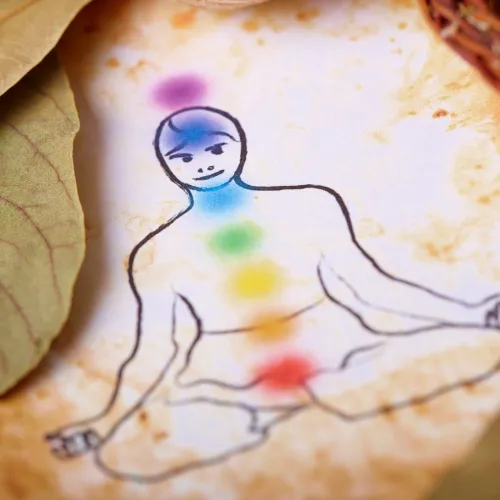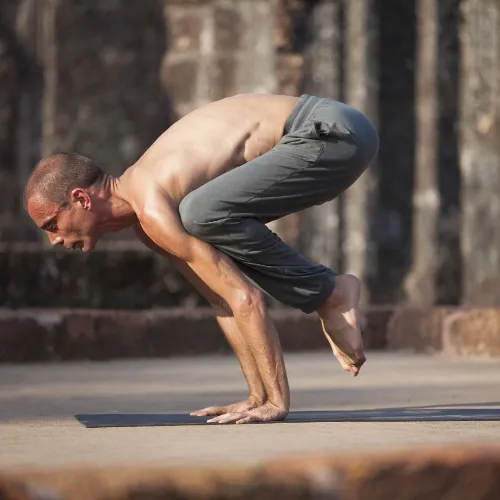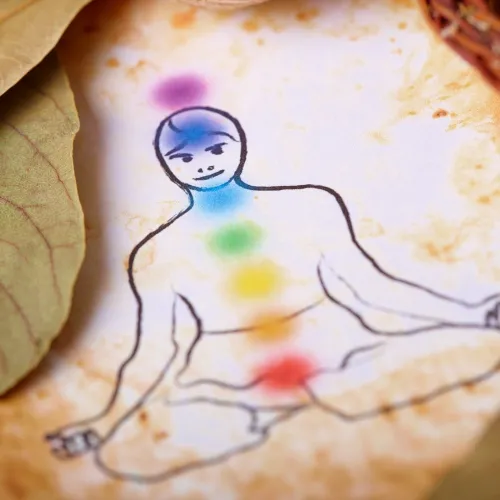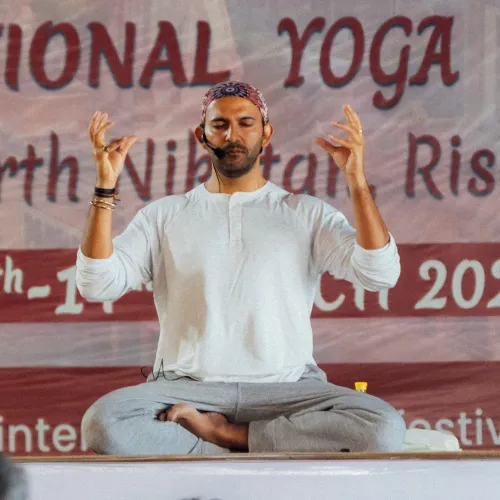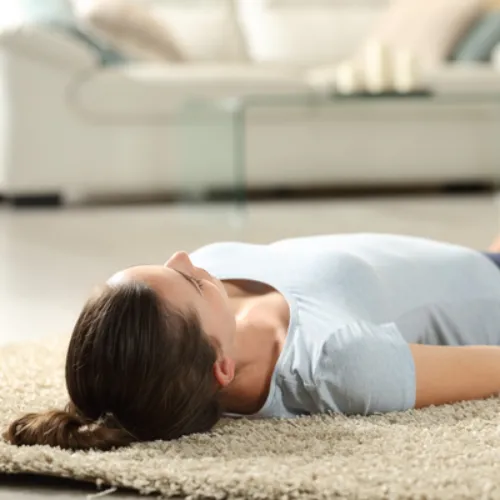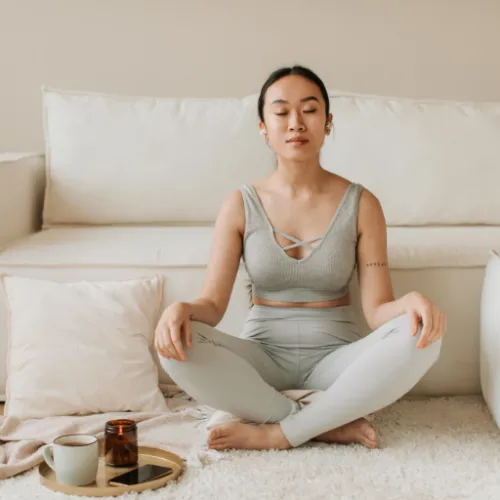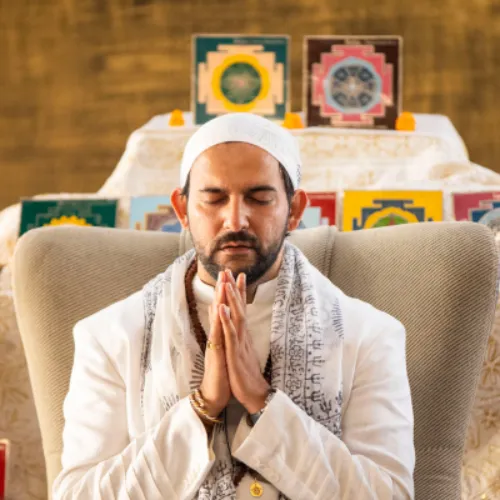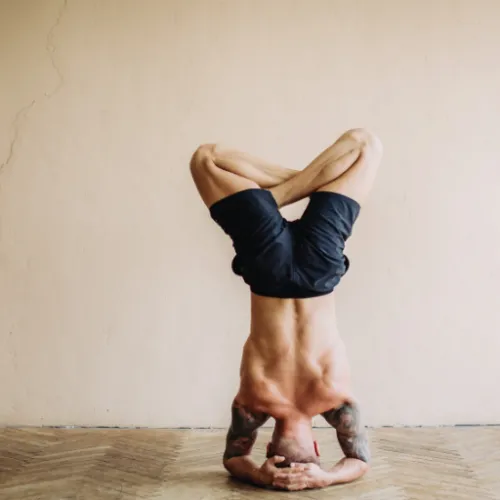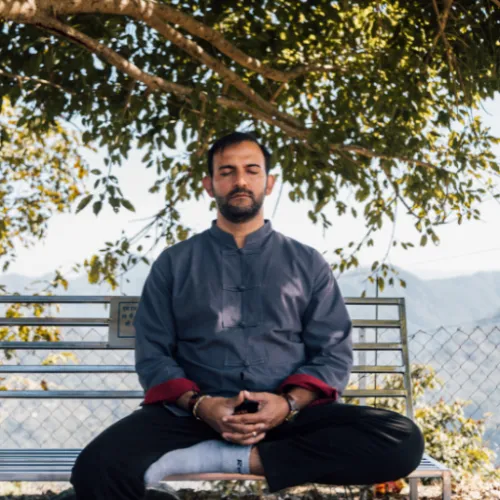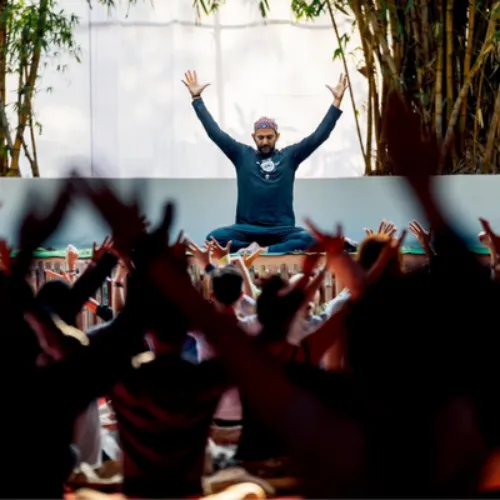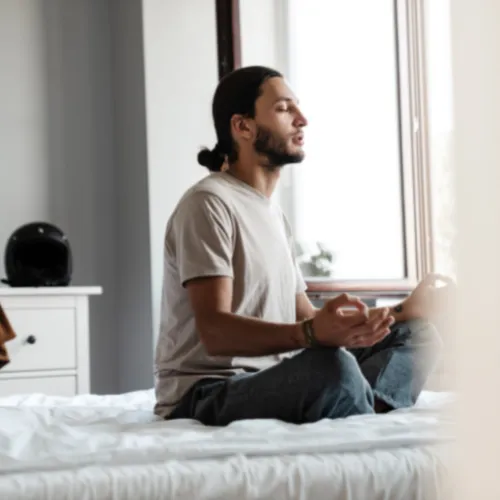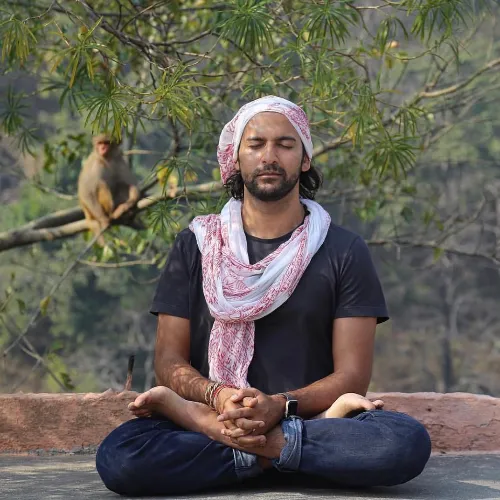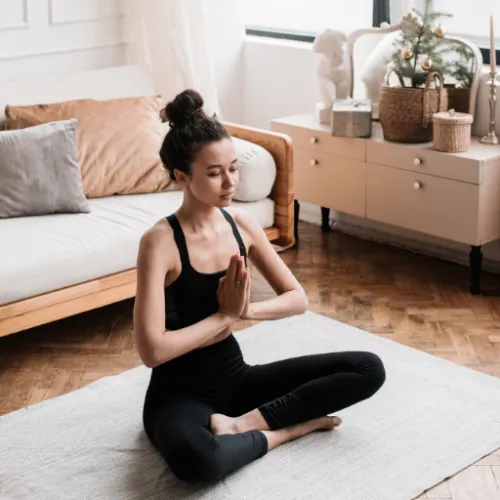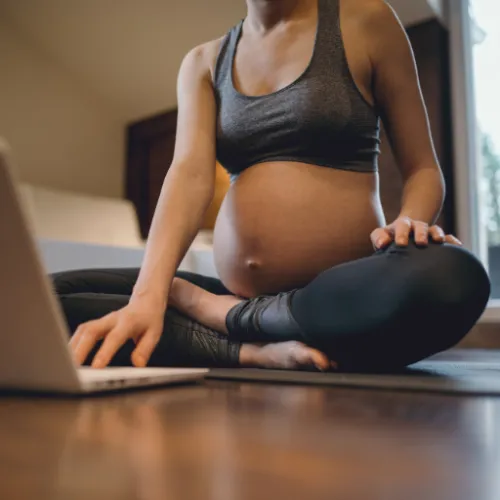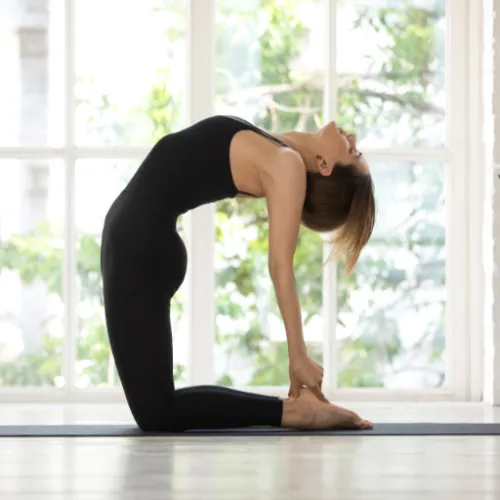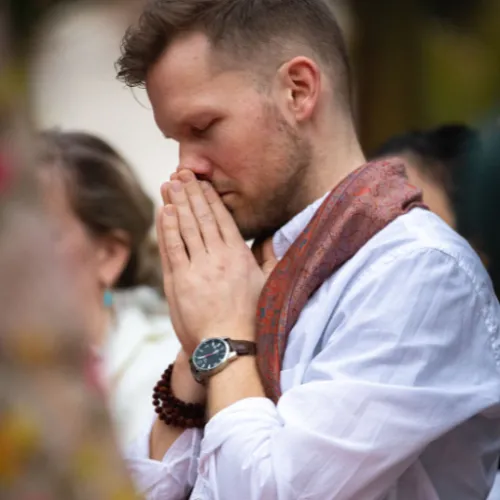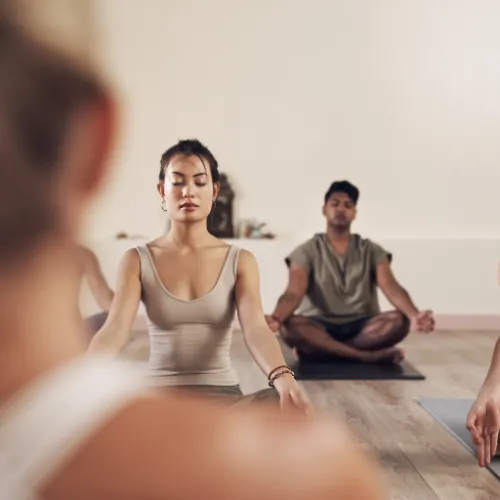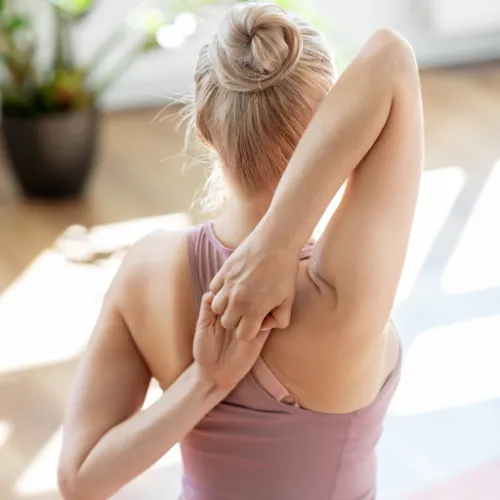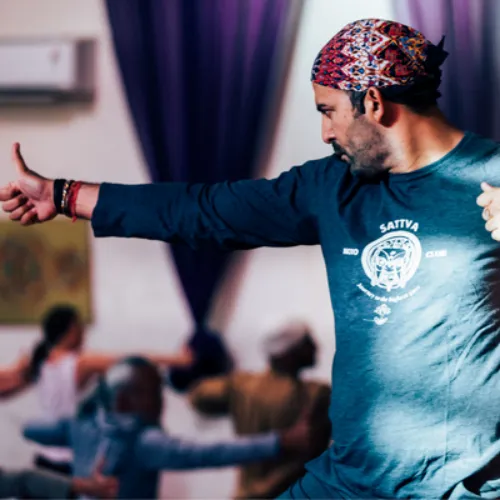

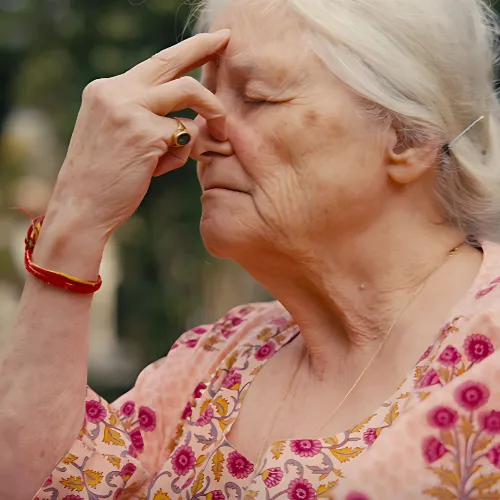
Living with chronic pain can feel like an ongoing cycle—one that impacts not only the body, but also the mind and spirit. Pain can become a daily reminder of what your body cannot do, rather than what it still can. But yoga offers a different way forward: a path rooted in gentleness, presence, and healing.
Yoga is not a one-size-fits-all solution, but its emphasis on awareness, breath, and mindful movement makes it a powerful and accessible tool for those living with chronic pain. Whether you're dealing with back pain, joint stiffness, fibromyalgia, or another long-term condition, yoga offers more than just physical relief—it can transform how you relate to your body and reclaim your sense of wholeness.
Why Yoga Works for Chronic Pain
Chronic pain is rarely just physical. It's often deeply interwoven with emotional stress, postural imbalances, and nervous system dysregulation. Yoga supports healing on all of these levels.
Here’s why yoga can be so effective for pain management:
1. Rebuilding the Mind-Body Connection
Chronic pain can create a disconnect from the body, where it begins to feel like a source of frustration or fear. Yoga rebuilds that connection gently, helping you become more attuned to tension, sensation, and subtle cues in the body. This awareness allows you to move with more intention and compassion.
2. Breath as a Healing Tool
Breath is central to the practice of yoga. Breathing practices help activate the parasympathetic nervous system—your body’s rest and restore response—reducing stress and calming the mind. Deep, slow breathing also helps release muscle tension, improve oxygen flow, and support relaxation.
3. Supporting Strength & Flexibility
Pain often stems from tight, weak, or imbalanced muscles. Yoga helps stretch and gently strengthen these areas, supporting better posture, alignment, and joint function. Over time, this can ease pain and prevent future flare-ups.
4. Reducing Stress & Emotional Tension
Living with pain is emotionally exhausting. Yoga offers a space to release anxiety, grief, and frustration. By moving slowly and mindfully, you can restore a sense of calm and resilience—both emotionally and physically.
Gentle Yoga Practices for Chronic Pain
When practicing yoga with chronic pain, the goal is not performance, but presence. Focus on what feels nourishing. Start small. Let your breath guide you.
Here are supportive practices to explore:
1. Restorative Yoga
Restorative poses use props (bolsters, blankets, blocks) to support the body in deeply restful positions. The aim is relaxation and nervous system regulation, not stretching. Poses like Supported Child’s Pose, Reclining Bound Angle Pose (Supta Baddha Konasana), and Legs Up the Wall (Viparita Karani) help release deep tension without strain.
2. Yin Yoga
Yin poses are held for longer (3–5 minutes) and target connective tissue, helping to gently open joints and release chronic tightness. This practice supports joint mobility and emotional stillness. Poses like Seated Forward Fold and Dragon Pose are particularly effective for the hips, spine, and low back.
3. Chair Yoga
For those with limited mobility or difficulty getting to the floor, chair yoga is a safe, accessible option. Seated postures like Chair Cat-Cow, Seated Forward Fold, and Seated Spinal Twist help promote circulation, flexibility, and comfort with minimal effort.
4. Gentle Flow Yoga
A slow flow practice combines mindful movement and breath. It’s ideal for those further along in their recovery or dealing with milder pain. A sequence might include Mountain Pose, Warrior I, Tree Pose, and Bridge Pose—emphasizing fluid movement and low-impact strength-building.
5. Pranayama (Breathwork)
Simple breath practices like Diaphragmatic Breathing and Nadi Shodhana (Alternate Nostril Breathing) support the nervous system and calm the mind. Even just five minutes a day can help regulate emotions, relieve pain, and create a sense of safety in the body.
Practice with Compassion
The most important principle in yoga for chronic pain is listening. Your body knows what it needs. Unlike traditional exercise, yoga does not ask you to push through discomfort. It asks you to respond with compassion, to rest when needed, and to move with awareness.
This isn’t about “fixing” your body. It’s about reconnecting with it—learning to trust it again, moment by moment.
A Path Toward Wholeness
Yoga can be a powerful part of your healing journey. Through breath, stillness, and gentle movement, it helps soften the experience of pain and invites a return to balance—not just physically, but emotionally and spiritually.
You don’t need to be flexible. You don’t need to be pain-free. You just need to begin—with curiosity, patience, and love.
So wherever you are today, know this: your body is not broken. And with yoga, you can move toward a place of greater ease, resilience, and inner peace—one breath at a time.
